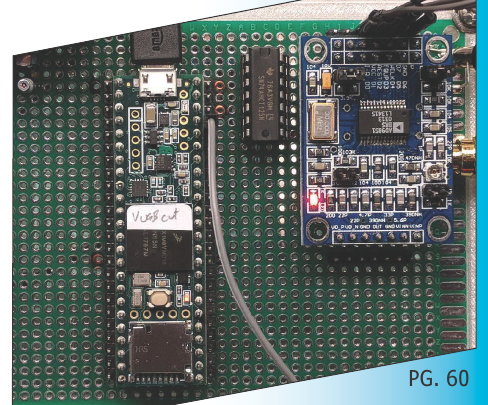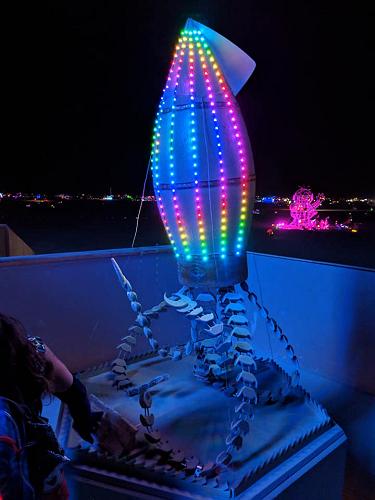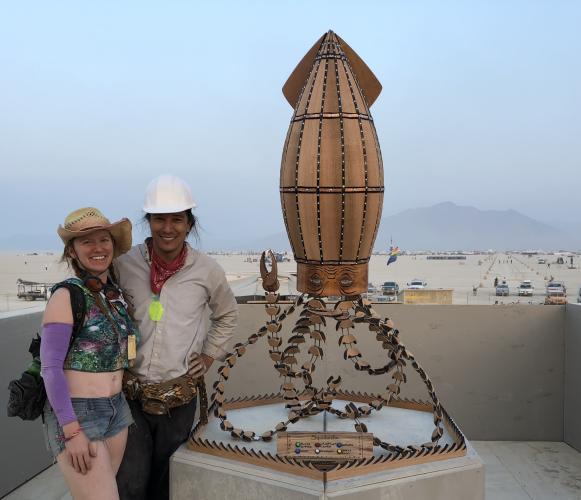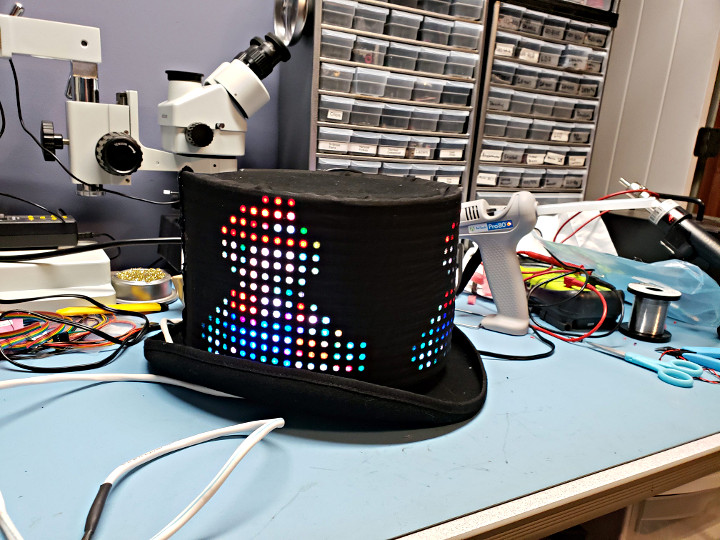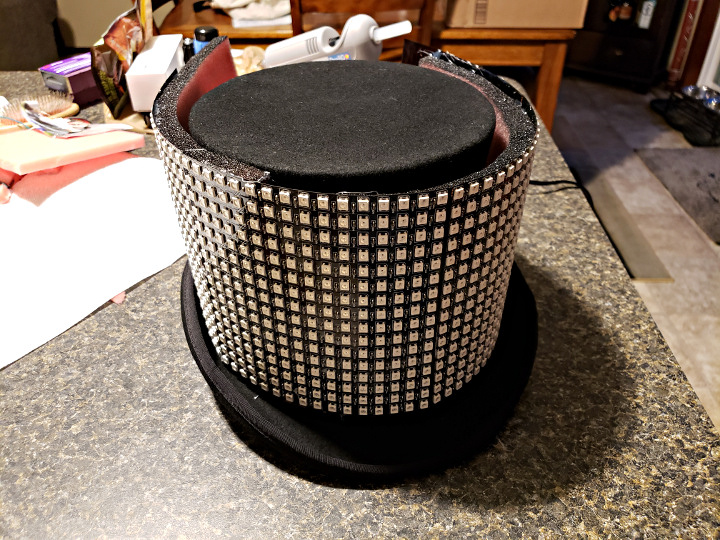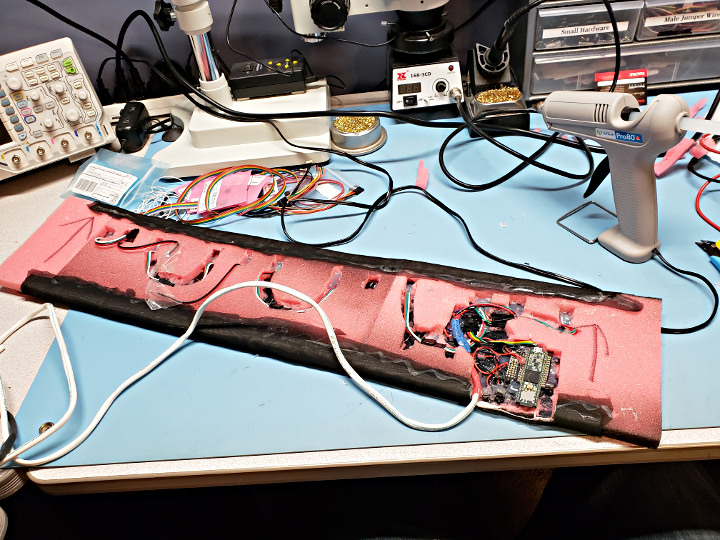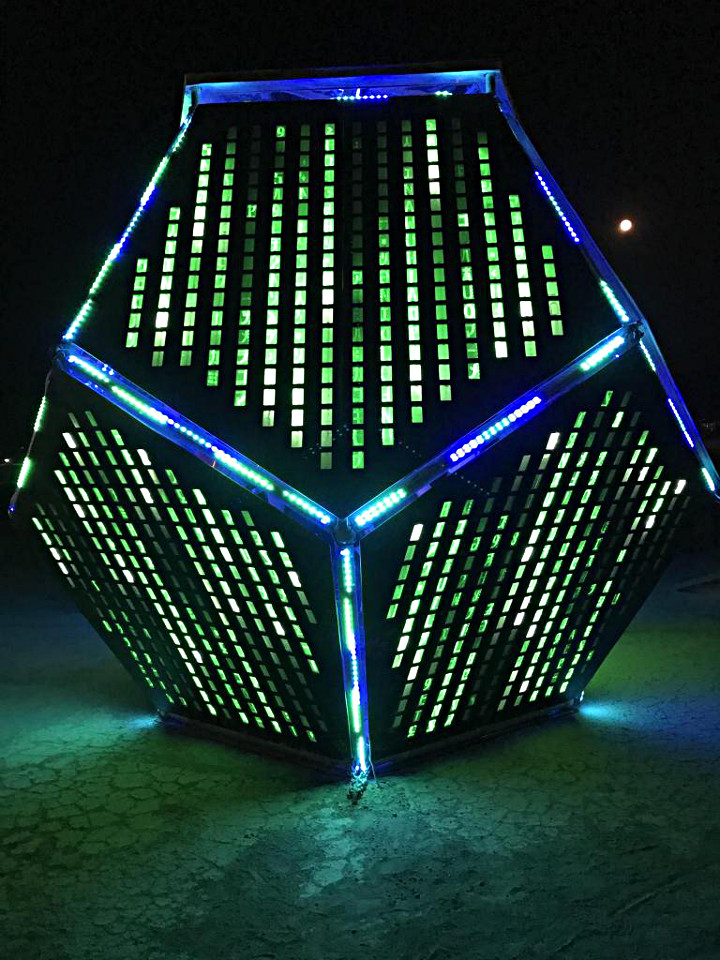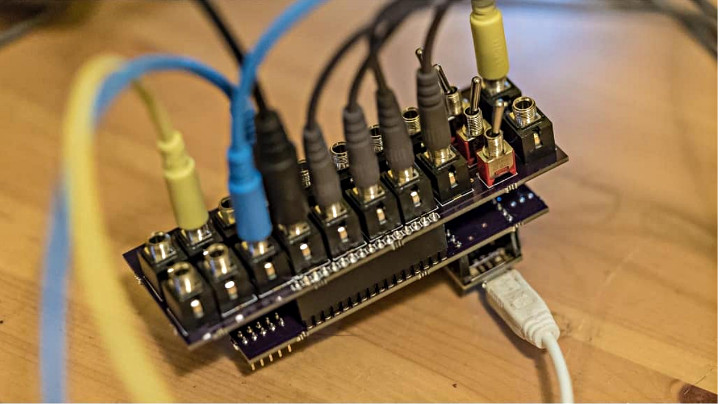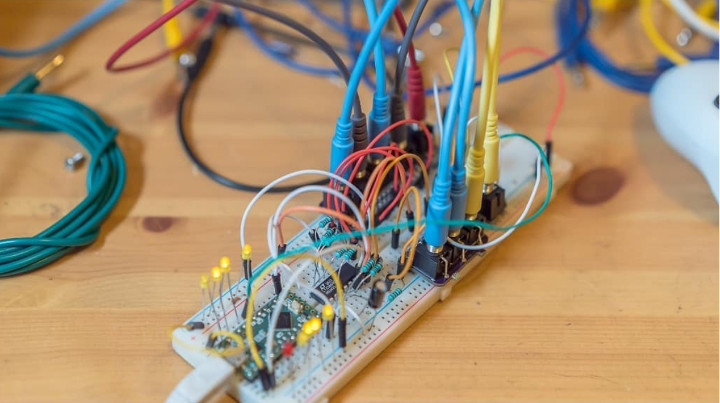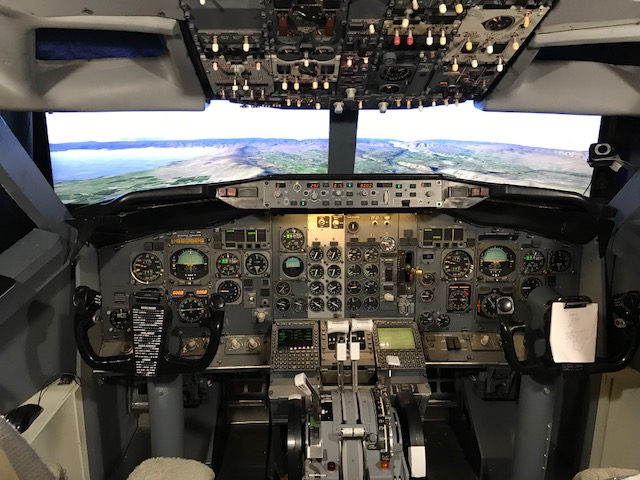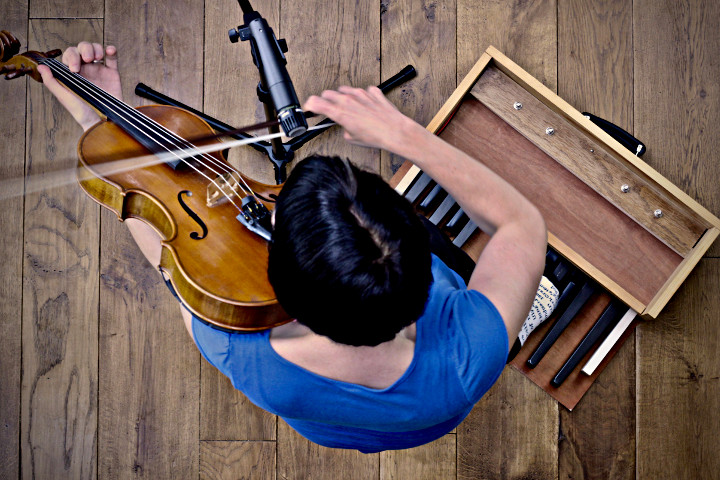kbdhog created DIN-Uino, a prototyping and packaging project that makes your Teensy project into a neat, DIN-rail compatible device.
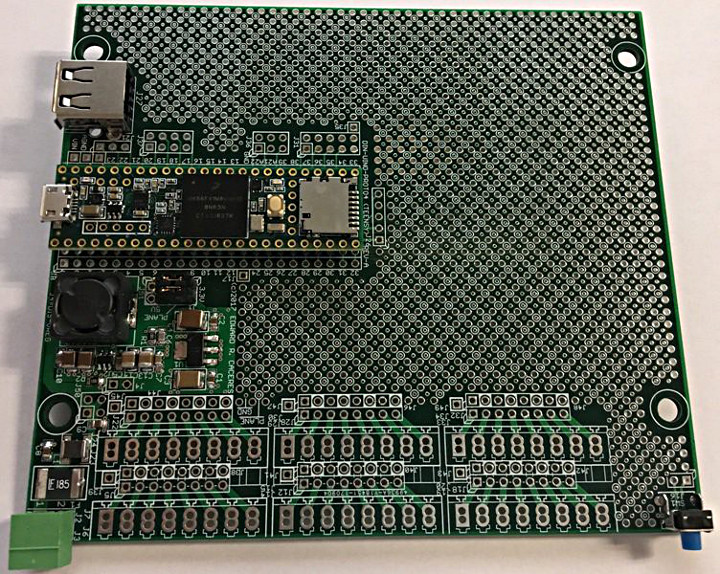

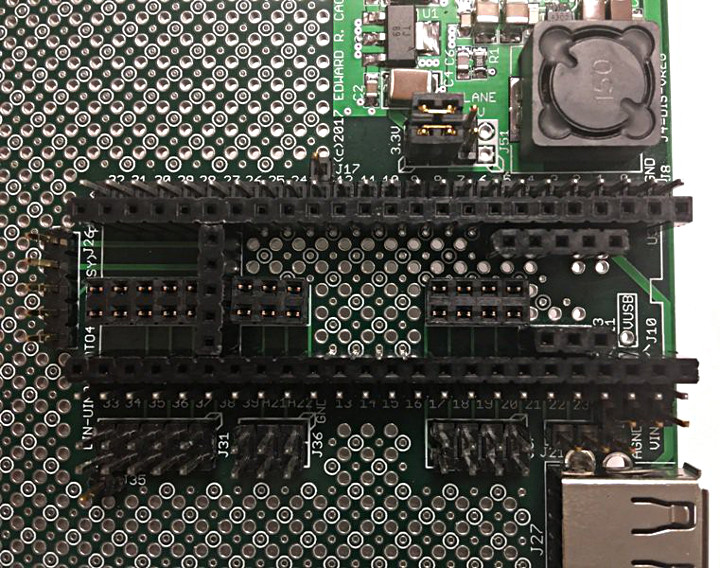
This board design works for the Teensy 3.6 and Teensy 3.5 and brings out all of the I/O pins to a DIN-rail compatible PCB.
Some of the features include:
* Industrial-compatible 24VDC (I’m aiming for a 12-25V safe operating range) power input with 5V/3.3V output. Connections via a 2-pin Phoenix 3.81mm header.
* Room at front edge of PCB for a maximum of 48 pluggable screw-terminals (Phoenix 3.81mm pitch).
* You can use single or double-stacked Phoenix-compatible headers, vertical or right-angle.
* Uncommitted right-angle pushbutton switch. You can wire it to RESET, or use it for some other function.
* 4-layer PCB design, with internal GND and POWER planes for power distribution.
* The POWER plane can be connected to 3.3V (default) or 5V (optional).
* Distributed power-vias allow easy access to the internal GND/PWR planes.
* On-board USB-A(host) or USB-B(device) connector, already wired to the Teensy’s native 5-pin USB header. The USB connectors are positioned at the edge, easily accessible even if an enclosed DIN-mount enclosure is utilized.
* Of course, this DIN-Uino Proto4 board is compatible with the related DIN-Uino mounting hardware and enclosure system.
The Hackaday.IO project page includes a schematic file you can download.
